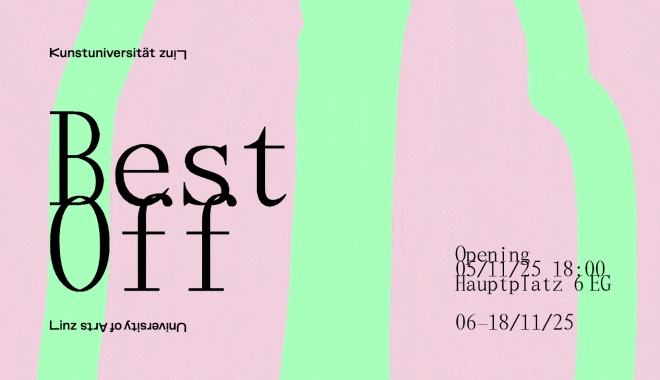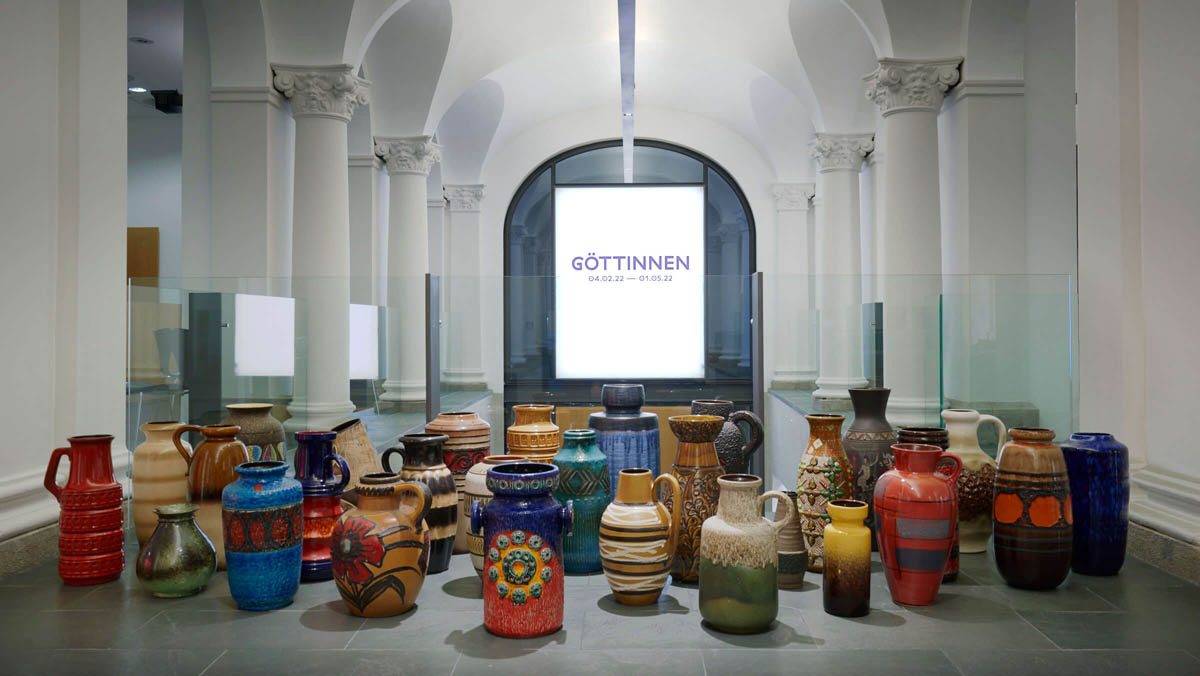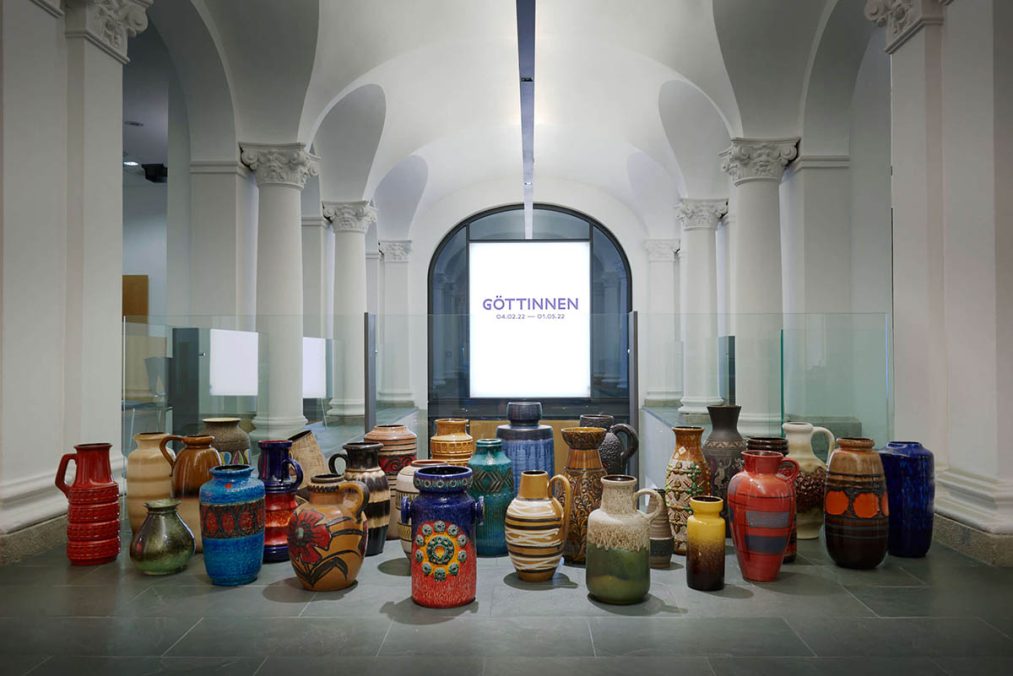
Die „Göttinnen“ als Kontrast zum gängigen Bild eines Gottes: Statt erhobenen und erhabenen Positionen einzelner Individuen sollen alternative Formen betrachtet und ausgelotet werden. Es geht um ein Miteinander und um ein sich neu positionieren in der Welt.
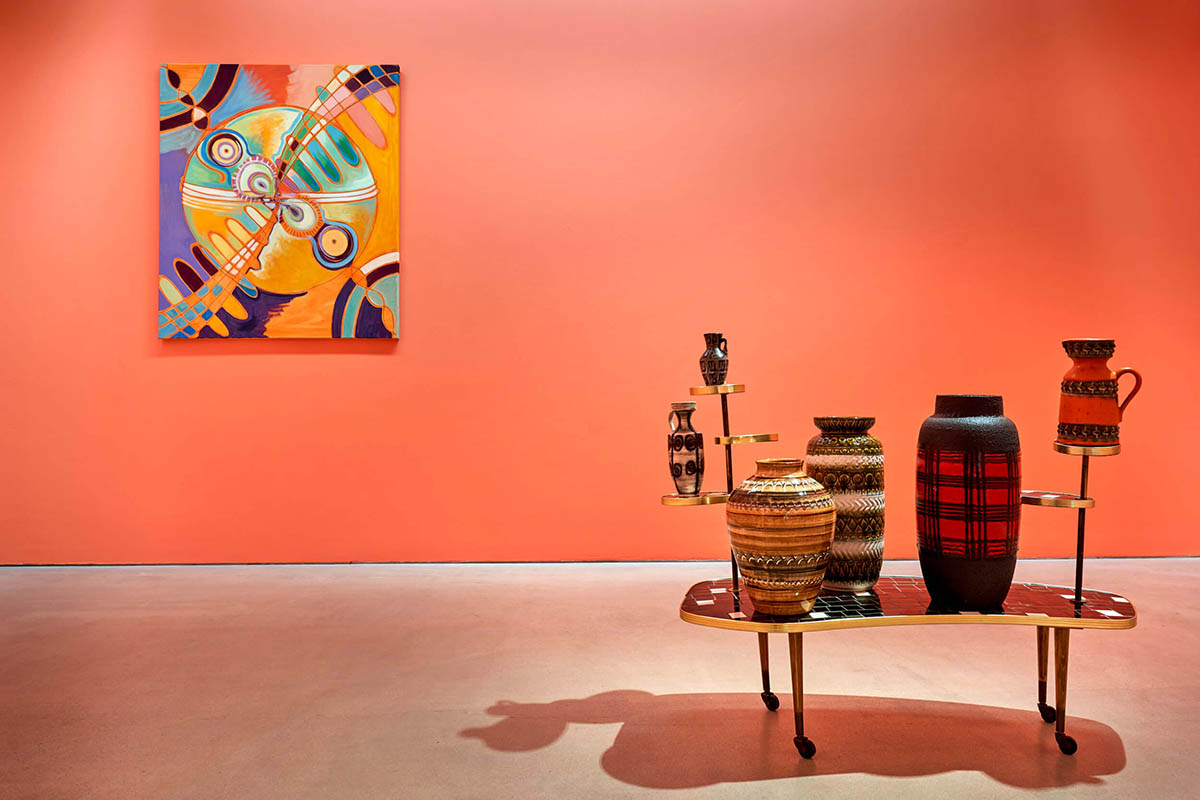
Den Anfang macht hierfür Elisabeth von Samsonow, die in der Ausstellung und der begleitenden Publikation „Speaking Earth Catalog” als Sprachrohr der Natur auftritt. Sie hat zugehört, was die Erde uns zu sagen hat und es versucht, in der Bildserie „Erdseelen“ und in Form von Texten für ein Jeden und Jede zu übersetzen. Auf den ersten Blick erwecken einige der Gemälde Assoziationen mit den Werken feministischer Science-Fiction Literatur alla Ursula Le Guin oder Octavia Butler. Im Kontext ihres Entstehens – einer gelebten ökofeministischen Utopie auf einem Stück Land in Niederösterreich, dem „Land der Göttinnen“, wo feministischer Aktivismus von Protagonist:innen aus der Kunst und Forschung praktiziert wird – bekommen die Gemälde und Texte von Samsonow mit Titeln wie „Die Verflechtung von WASSER und dem menschlichen Feld“ oder „Die Zugehörigkeit zum Sonnensystem“ einen spirituellen, man möchte beinahe schon sagen, einen esoterischen Touch.
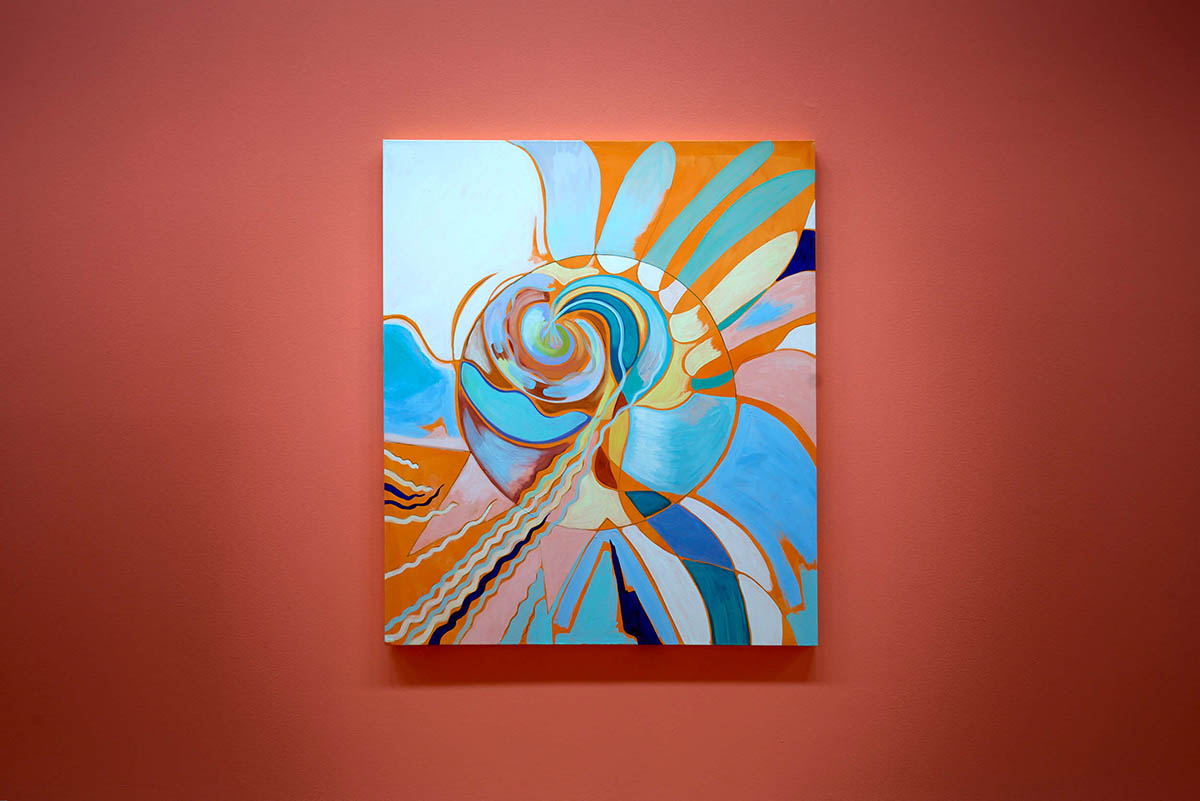
Dies tut aber ihrer Qualität keinerlei Abbruch, sondern erlaubt viel eher Konnotationen zu der abstrakten Malerei von Hilma af Klint. Sprachlich, vor allem wenn die Künstlerin selbst sie wie beim Eröffnungswochenende vorträgt, kann die starke Verwurzelung zum zeitgenössischen Ökofeminismus einer Annie Sprinkle und Beth Stephens kaum überhört werden. Komplementiert wird dieses Setting von Samsonows Arbeit „Polytheismus“, einer Kollektion von Bodenvasen aus den 1960er und 1970er Jahren. Anspielungen an weibliche Körper liegen hierbei auf der Hand, ihre Materialität: gebrannte Erde schließen den narrativen Kreis.
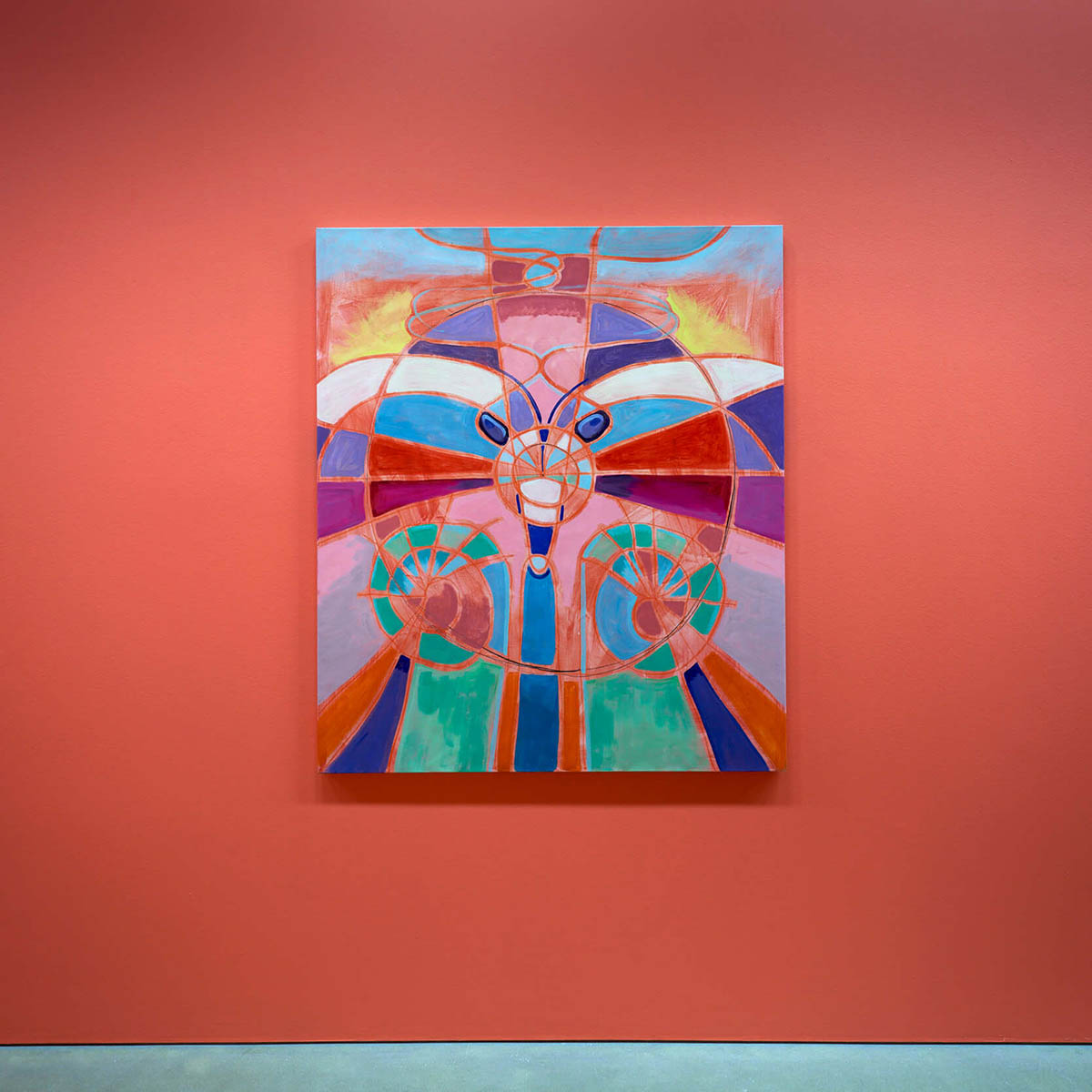
Zur Eröffnung findet man jedoch noch einige Räume leer vor. Weitere Positionen der Gruppenausstellung sind bis jetzt noch nicht in der Ausstellung zu finden. Arbeiten von Ursula Beiler – die in Tirol dank ihrer Kunst im öffentlichen Raum Arbeit bereits seit 2009 das Konzept der Göttin prägt – Emeka Ogboh, Tejal Shah, sowie dem Karrabing Film Collective, werden erst im Laufe des Ausstellungszeitraums nacheinander hinzukommen. Der Aufbauprozess wird dabei für Besucher:innen öffentlich zugänglich sein. Somit stellt die aktuelle Ausstellung im Taxipalais nicht nur künstlerische Positionen, die bestimmte Strukturen neu verhandeln aus, sondern versucht selbst als Ausstellung und kuratorisches Projekt aus vorherrschenden Ideologien und Machtmechanismen im Kunst- und Kulturbereich auszubrechen. Somit schafft es die Kuratorin Tabassomi die Arbeit für Besucher:innen erkennbar zu machen und transferiert auf diese Weise den feministischen Anspruch des Sichtbarmachens von Care-Arbeit über in den Kunstbetrieb.
Ausstellung: GÖTTINNEN mit Ursula Beiler, Karrabing Film Collective, Emeka Ogboh, Elisabeth von Samsonow, Tejal Shah
Dauer der Ausstellung: 4. Februar – 1. Mai 2022
Adresse und Kontakt:
TAXISPALAIS Kunsthalle Tirol
Maria-Theresien-Straße 45, 6020 Innsbruck
www.taxispalais.art



